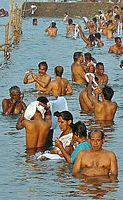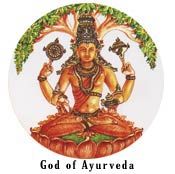
Divins remèdes, Médecine et religion en Asie du Sud
éds. Ines G. Županov et Caterina Guenzi
collection Purushartha 27, (CEIAS/EHESS), in print, 2008.
see table of contents
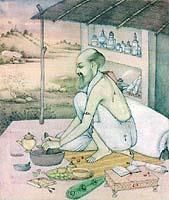
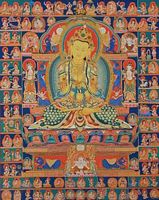
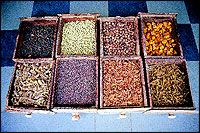
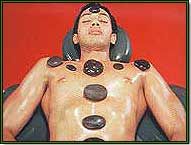
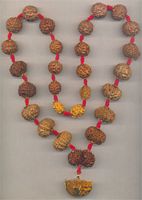
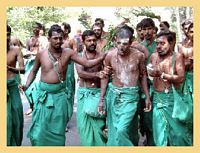
Religion and Medicine. Experience and Practice of Health and Healing in South Asia
The history of human health is closely linked to religion and spirituality. Health is a state of well-being dependent on a person's physical/physiological condition but also emotional, psychological and spiritual experience of harmony, beauty and vitality. An individual is, moreover, ecologically, socially and culturally situated within a larger system of political and economic institutions, which shape his/her sense of biorhythm, health and happiness (Nichter:2001). On the other side of the coin, illness and suffering reveal, often more forcefully and lucidly, the weight of exterior and interior constraints to which bodies and minds of individuals and societies are subjected at every point in time. Rituals, pilgrimages, and other acts of healing can be (and have been) variously interpreted as both breaking from and reconfirming the limits of the social and psychological interconnections.
The bodies and minds out of control fracture the relational bonds on which the society and the state depend, and on which they stake their authenticity and legitimate authority. These capillary bonds whose role is to endlessly rewire, jump-start (or control) meaningful sociability are rooted in systems of representations and practices which continuously recreate our “memory chains of belief” (Hervieu-Léger;1999).
Religious facts and effects have been at the heart of anthropological research and “Indological/Orientalist” studies focusing on South Asia for various reasons. One of them is surely due to particular colonial reinscriptions that fixed Indian personhood in a religious idiom (Prakash: 1999). Tropical climate, in addition, had been conceptualized from the early 16th century as a major cause of irrationality and thus of religious fervor/fever. British colonial authorities found them as difficult to uproot as the violent epidemics of cholera (Harrison: 2001).
“Indian” body and mind have been privileged sites of rewriting in the scholarly literature (reutilized by various political and ideological camps), from the late twentieth century until today. One of the currents, permeated with certain political expectations around 1970s rehabilitated (reinscribed) the ideal-type Indian body as “fluid” and “unctuous” and endowed it with “morality”, beauty and health (Zimmermann; 2002). This “healthy” Indian body has been then commodified and repackaged for global consumers in search for alternatives (“medicines douces”) to the aggressively technological biomedicine that reigned over our “modernity” for the past century and a half.
Religion(s) and medicine (biomedicine and other medical traditions) in South Asia overlap in complicated ways on all social and cultural levels and they share a common historical ground. The goal of this volume is to bring together a wide, theoretically eclectic, interdisciplinary and original research by established and young anthropologists, historians and Indian studies scholars interested in topics linking religious practices and medical or healing traditions in South Asia.
Bibliography:
Harrison, Mark, « Medicine and Orientalism ; Perspectives on Europe’s Encounter with Indian Medical Systems », Health, Medicine and Empire; Perspectives on Colonial India, edited by Biswamoy Pati and Mark Harrison, New Delhi: Orient Longman, 2001, pp. 37-87.
Hervieu-Léger, Danièle, Le pèlerin et le converti, Paris: Flammarion, 1999.
Nichter, Mark, “The Political Ecology of Health in India: Indigestion as Sign and Symptom of Defective Modernization”, Healing Powers and Modernity: Traditional Medicine, Shamanism, and Sciences in Asian Societies, edited by Linda H. Connor and Geoffrey Samuel, Westport, CT: Bergin and Garvey, 2001, pp. 85-106.
Prakash, Gyan, Another Reason; Science and the Imagination of Modern India, Princeton: Princeton University Press, 1999.
Zimmermann, Francis, “Ce qu’un hindou dit à son corps (la réécriture des représentations traditionnelles) ”, Image du corps dans le monde hindou, eds. Véronique Bouillier and Gilles Tarabout, Purushartha, 2002.
|
|
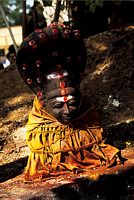 |
